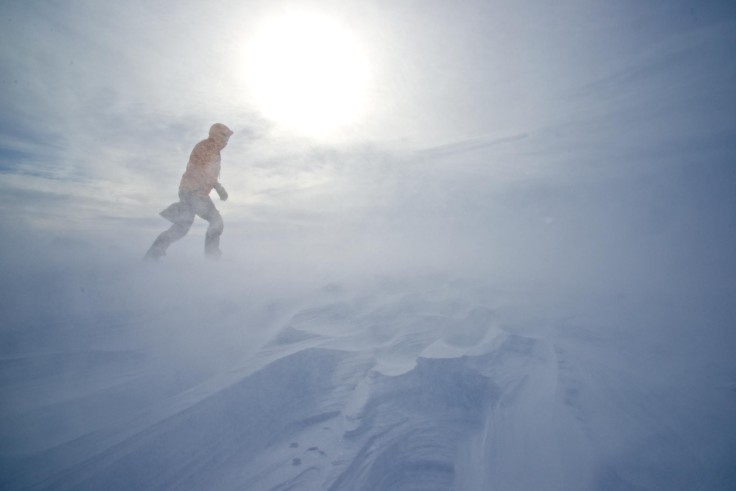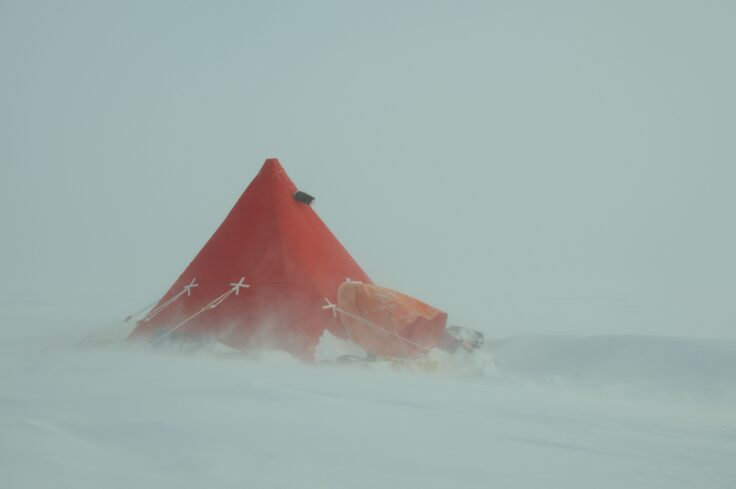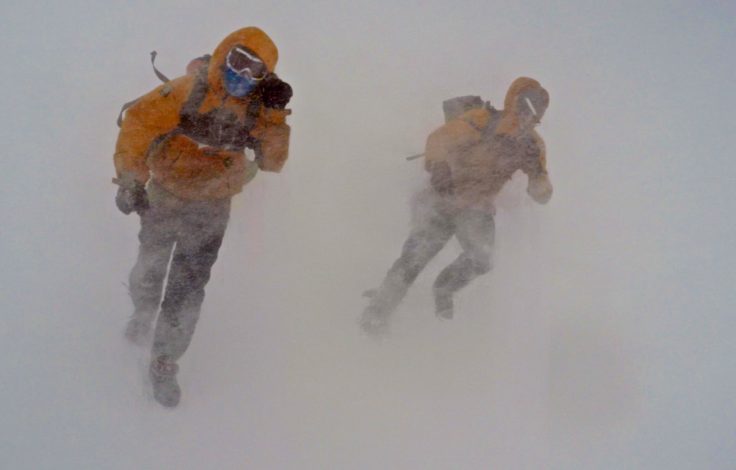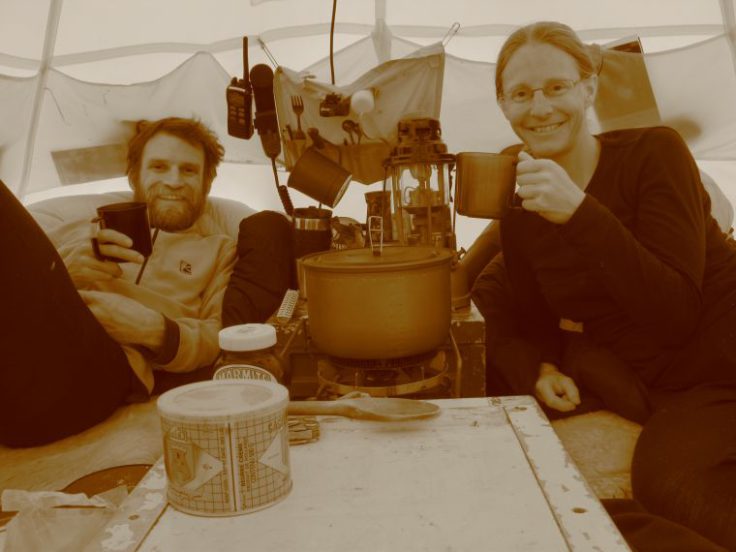ANTARCTIC BLOG: Extreme Geology #9
29 January, 2016 Marie byrd Land
January the twenty sixth. My pre-deployment brief suggested that I should currently be partaking of all the luxuries Rothera Research Station has to offer. Enjoying that period of self-satisfaction which comes about following the completion of a job well done. Why, then, am I sitting in my tent compiling this missive, I imagine I hear you ask?

The term ‘lie up’ is common Antarctic vernacular for time spent confined to one’s tent and unable to work (through inclement weather, not idleness!) Statistically, the first period of the project enjoyed less then twenty percent of days deemed unworkable, but since the last camp move to our current and final location, seventy percent of our time has been spent thus occupied. Of the last ten days, only one has been useable – a shocking ninety percent for those with a penchant for data. With more poor weather due on our horizon these figures are only heading in one unfavourable direction.

So how does one cope with this uniquely artificial captivity? Pace the fabric confines of the two square metre cell like some caged beast, climb its gently tapered walls, or sleep till it’s safely past midday and break ones fast on yesterday’s leftovers? Lie up, especially prolonged and chronic cases like ours, doesn’t come easily to all. Ideal candidates will have a healthy appetite for tea drinking, reading and spending any spare free time gently rocking whilst perfecting that ‘thousand yard’ stare. Hyperactivity is quietly discouraged lest it upset the ambiance of this enforced lethargy.

Fortunately for me, Jo is an ideal tent-mate in this respect, silently working away on a science presentation for Rothera she rather optimistically hopes to deliver on Friday, letting me immerse myself in d’Artagnan’s endeavours through seventeenth century France. The only sound is the wind as it howls outside punctuated on occasion by the roar of the Primus stove melting snow. It’s a simple life when the only difficult decision to make is whether to have tea then coffee or the reverse (a good workaround I’ve found is to employ a second, insulated mug allowing both drinks to be prepared simultaneously yet cunningly drunk separately).

The outside world feels more distant now than at any point in the trip despite our (hopefully) imminent return to civilisation, but we can begin to permit ourselves previously forbidden dreams of a real bed, real food and that first shower since November. For those dreams to be realised though, we need to patiently wait for Antarctica to relinquish its stormy grip and present us with a weather window sufficient in size to allow in two BAS Twin Otters to collect us and our chattels, homeward bound. Till such time we shall remain here reading, rocking and slowly overdosing on caffeine… but in good spirits after what has been a very successful season!
In November 2015 Field Assistants Iain Rudkin and Al Docherty set off with the ANiSEED project to support Joanne Johnson and Steve Roberts working in one of the most remote parts of Antarctica to find out how the West Antarctic Ice Sheet has changed over the past 20,000 years.